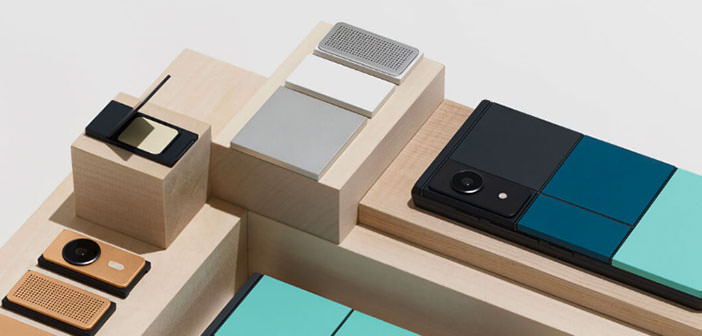Google back to talk about Project Ara during the Google I/O, announcing a new developer kit and the arrival on the market in 2017. But with a heavy revision of the basic concept.
Despite numerous delays, the project at the base of the modular smartphone is still the subject of studies in Google. During the Google I/O, the company announced the latest developments on Project Ara and a new developer kits, called Developer Edition, which will arrive by the end of 2016. The version ready for the mass public is postponed to 2017. Concurrently, the company has published a new page on the official website, where to register to get the news on the subject.
The new developer kit expected by the end of this year will replace the current Spiral 2. The project was born in 2013 and, like any project of the ATAP team, expected to be ready within two years.
The modular smartphone had been delayed after 2015 because of bankruptcy roll-out in Puerto Rico, and is sent back again to 2017. The postponement, it comes with a heavy revision of the initial draft, apparently essential to ensure that Ara reaches the general public.
Not all the components of the smartphone will be indeed modular. The basic elements, in other words, will not in any way by the end user replaceable, just as on traditional smartphones sold today.
The body of Ara device will have CPU, GPU, antennas, sensors, battery and fixed display, a compromise that comes with an iron logic: creating a fixed body, you gain a lot of extra space for modules, with the idea that extremes the basic concept of the modular smartphone.
Unfortunately at the same time, it eliminates the expandability over time, with the most experienced users who cannot replace the CPU, RAM, or display, as is the case in the personal computer market. The goal is to produce engineers of Project Ara smartphone for users with very specific needs (for example, example in areas of work or medical), which is why you can install modular cameras, speakers, fingerprint readers, additional displays, or glucometers, but not replace CPU and RAM.
The company is planning yet to realize an open market for module developers so that they can create the most disparate added to the basic module. However, the new change in Google’s strategy gives in part to LG, reason that he did not want to overdo creating a basis on which to install different types based on specific needs of the moment modules.
Of course, the idea of Koreans is much simpler and mass compared to Ara, LG offers a platform already ready to the public, where ATAP us back to 2017 with yet another promise.

